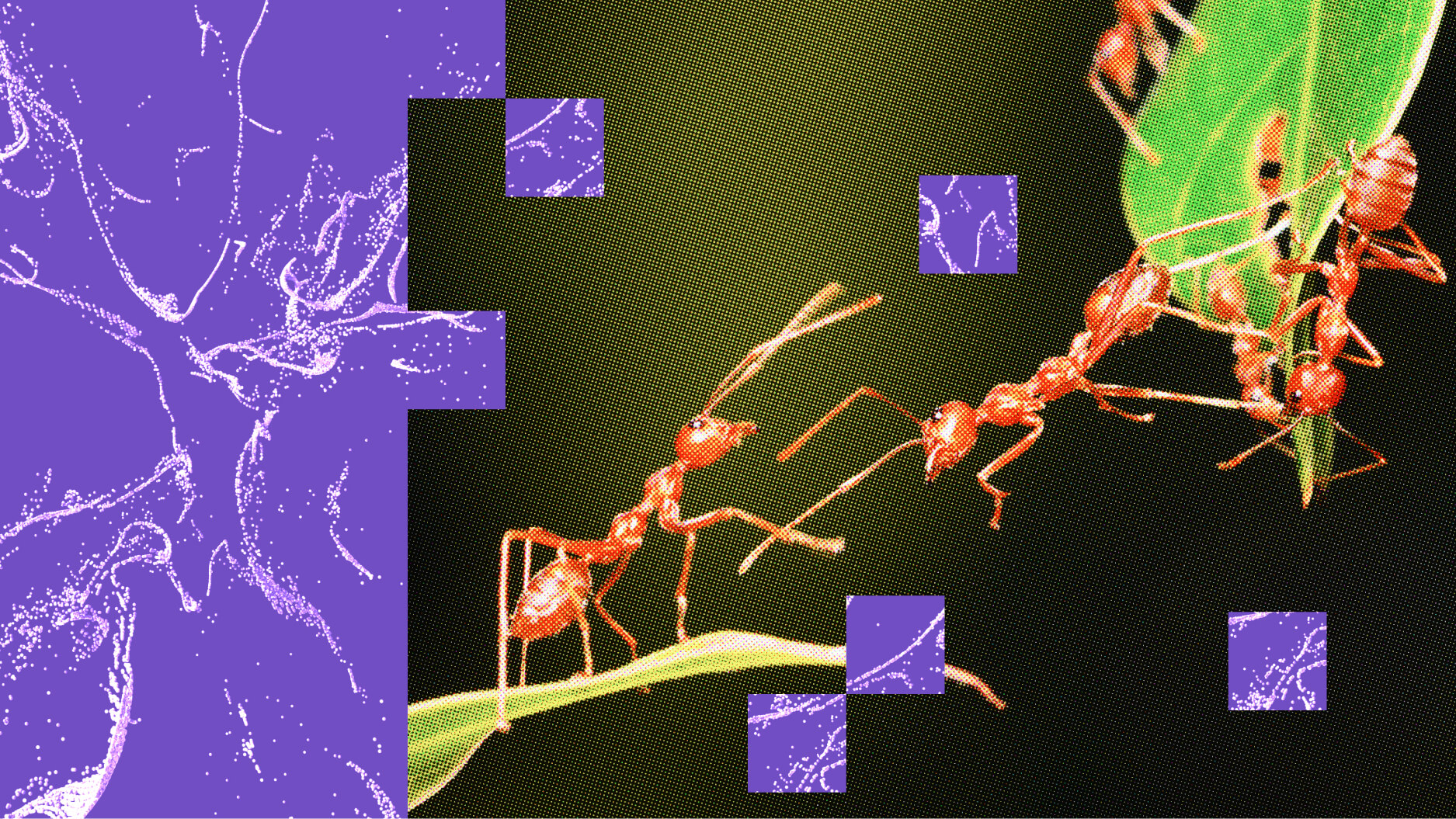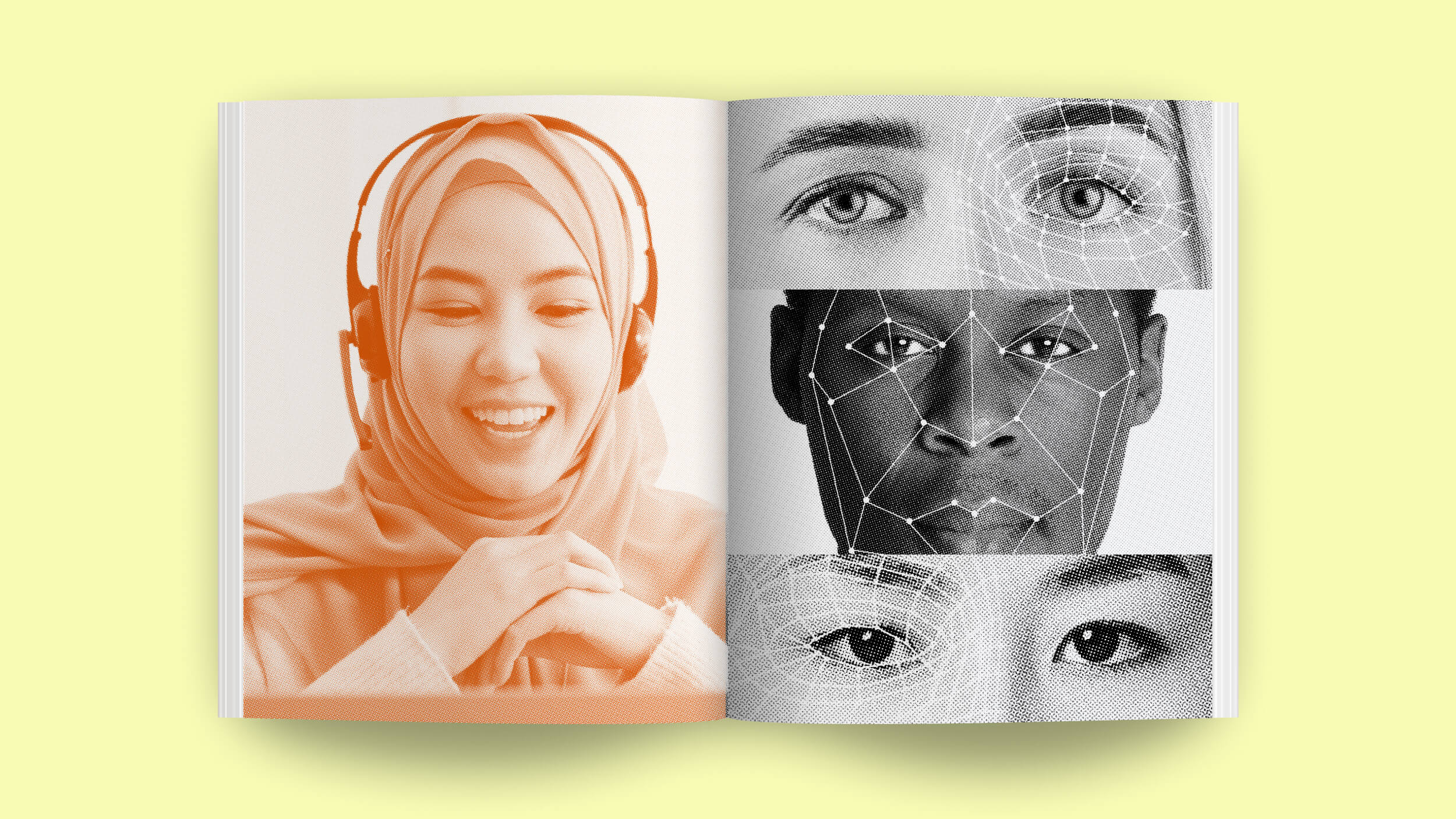Robots Evolve to Learn Cooperation

What’s the Latest Development?
A small society of robots living together at the Swiss Federal Institute of Technology in Lausanne has shown that over 500 generations, cooperation emerges from the purely selfish behavior of individuals, but seemingly only among family members. The robots, called Alice robots, were programmed to find scraps of “food”, in reality, chunks of plastic. If the robots succeeded in finding food, they were awarded points. Then the robot’s software determined whether they should keep the points to themselves or share them with the other robots in its “family”. Over simulated generations, robots became more likely to share points with their close relatives.
What’s the Big Idea?
If, according to evolutionary theory, the goal of every individual organism is to pass its genes on to progeny, how can we account for altruism, which would make it more likely for others‘ genes to be passed on at the expense of one’s own? Hamilton’s rule, put foward by H.D. Hamilton in 1964, seeks to answer this question by defining “when animals will, and will not, help others at a cost to themselves. Hamilton argued that the evolutionary benefits of helping another would outweigh the costs only if the animals were closely related.”





